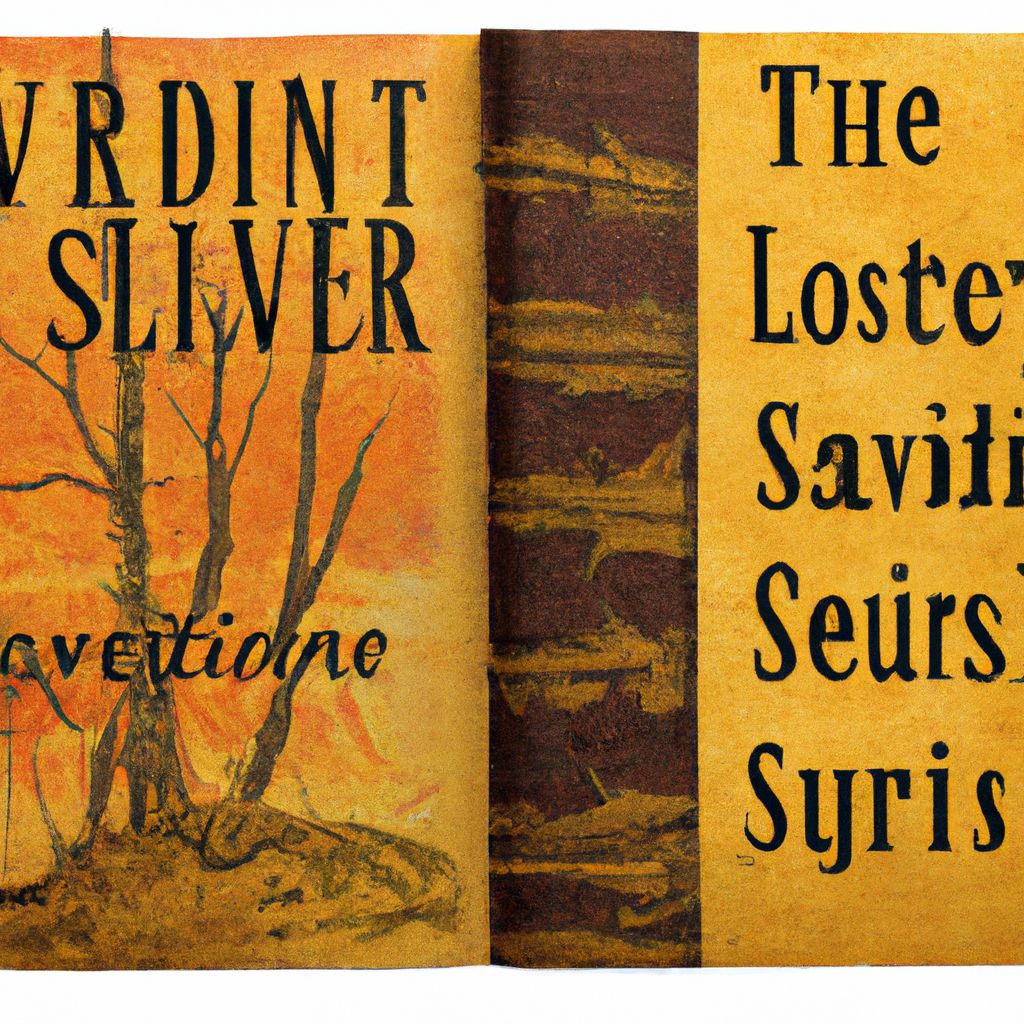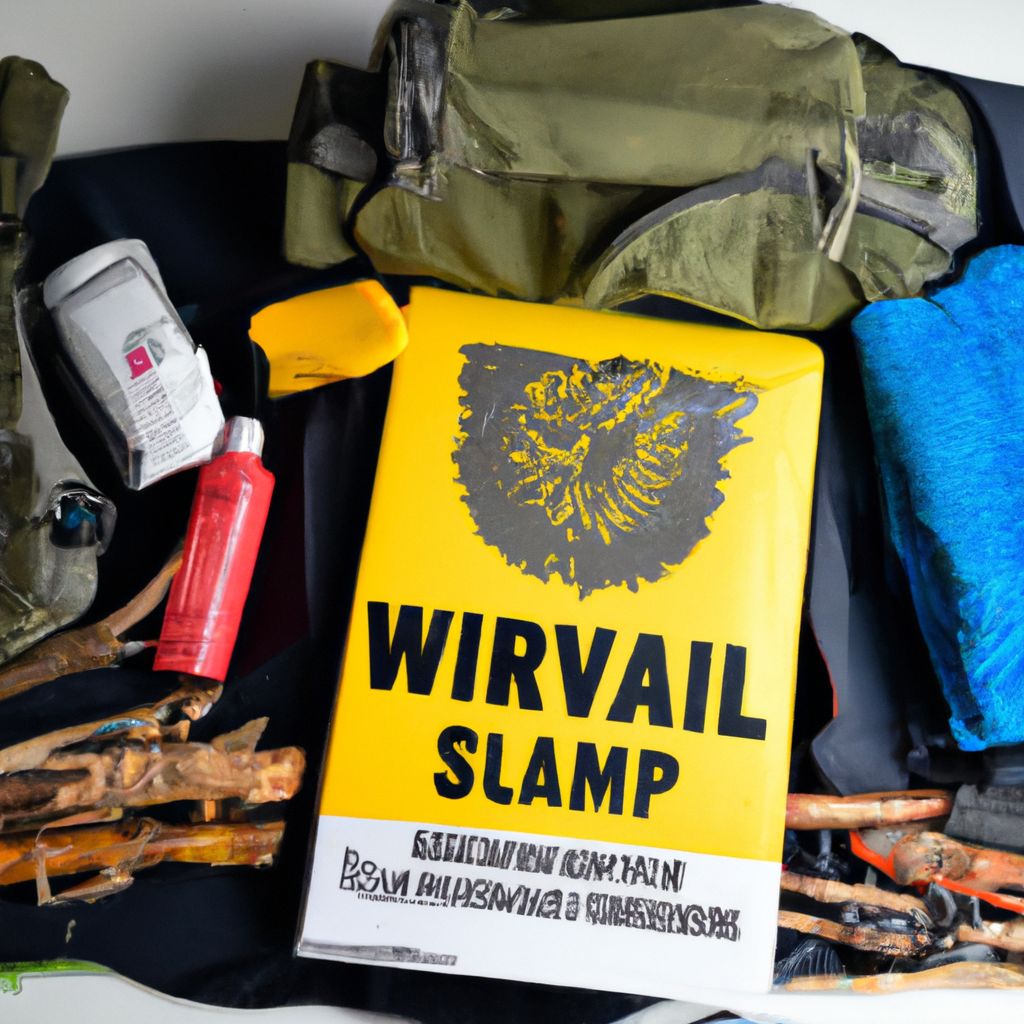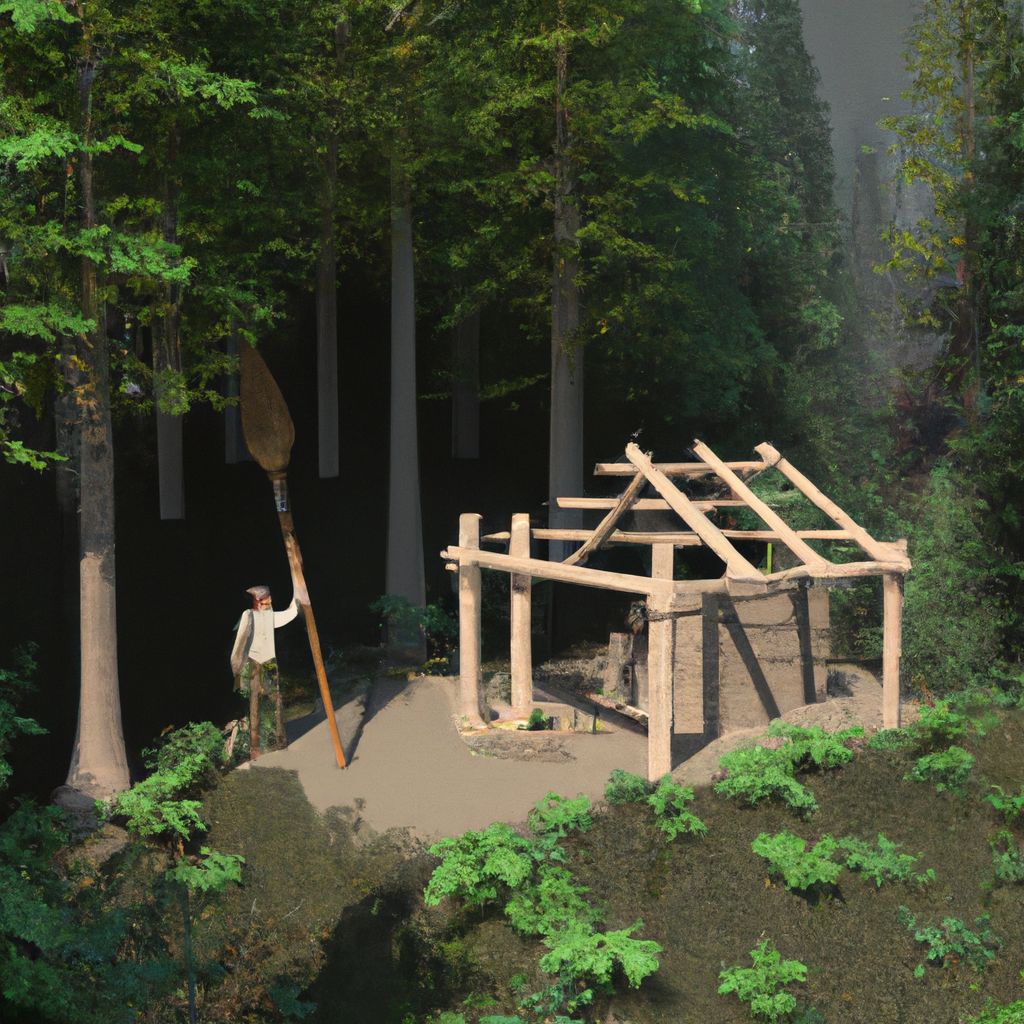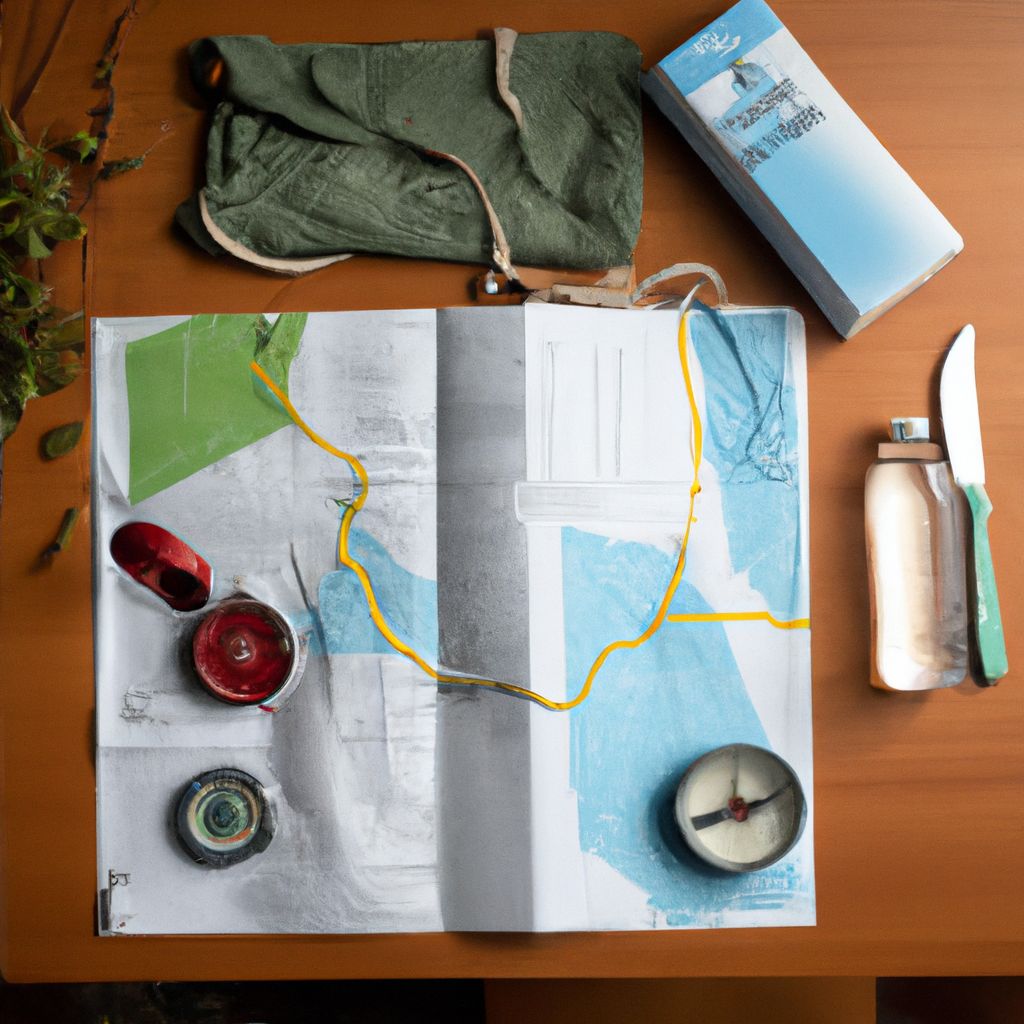- Introduction to Wilderness Survival Stories
- The Story of Aron Ralston: Trapped in the Canyons
- The Story of Juliane Koepcke: Lone Survivor of a Plane Crash
- The Story of Steven Callahan: Adrift on the Atlantic
- The Story of Yossi Ghinsberg: Lost in the Amazon
- Common Survival Techniques and Lessons
- Conclusion: Importance of Wilderness Survival Knowledge
Introduction to Wilderness Survival Stories
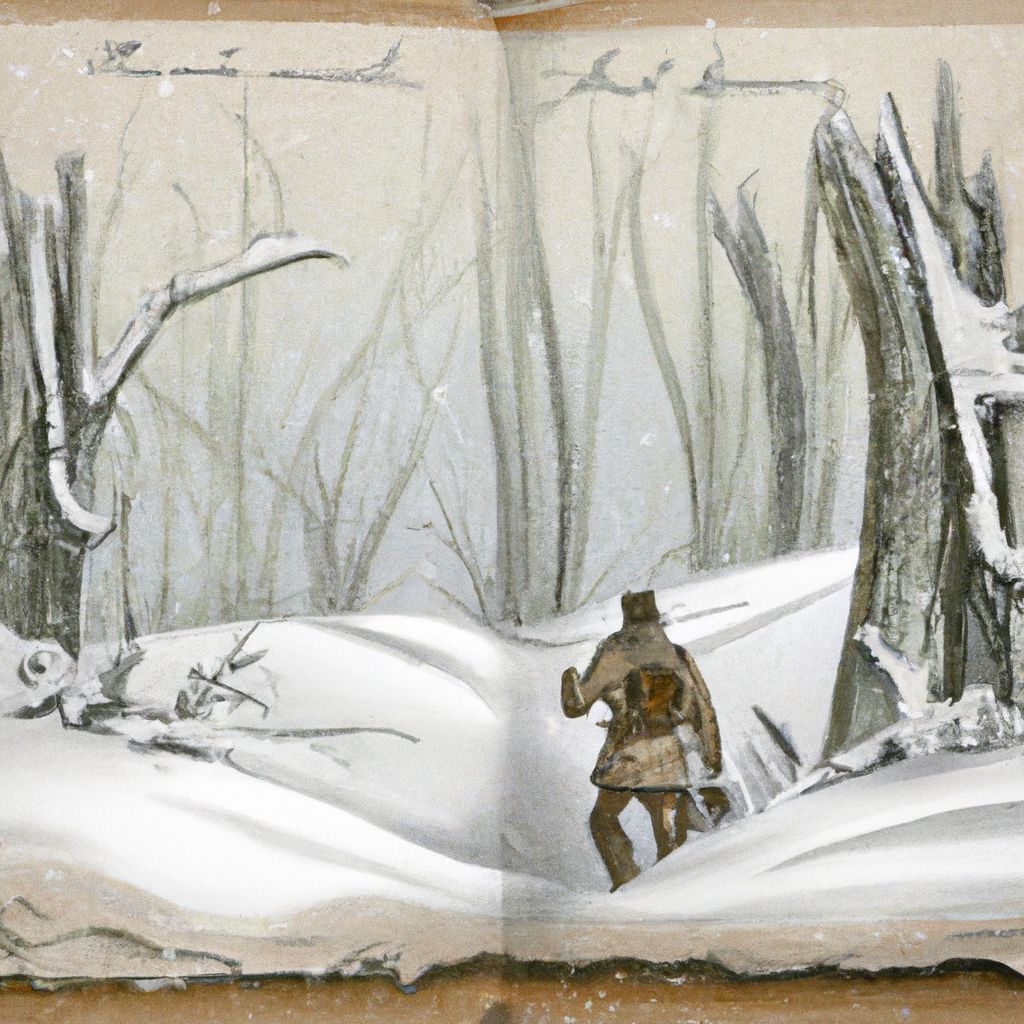
Wilderness survival stories are not just thrilling tales of human resilience and determination, but also valuable sources of practical knowledge and life-saving insights. These narratives are testimony to the capabilities of humans to adapt and survive in the most challenging conditions. They serve as a reminder of the importance of survival skills, especially when trapped in the wilderness.
In the forthcoming sections, we'll delve into some of the most famous wilderness survival stories. These narratives range from the story of the Donner Party in the Sierra Nevada, the survival of Aron Ralston in a Utah canyon, to the harrowing experience of Juliane Koepcke in the Peruvian rainforest. Each story is unique, but they all share common themes of courage, resourcefulness, and resilience.
The Story of Aron Ralston: Trapped in the Canyons
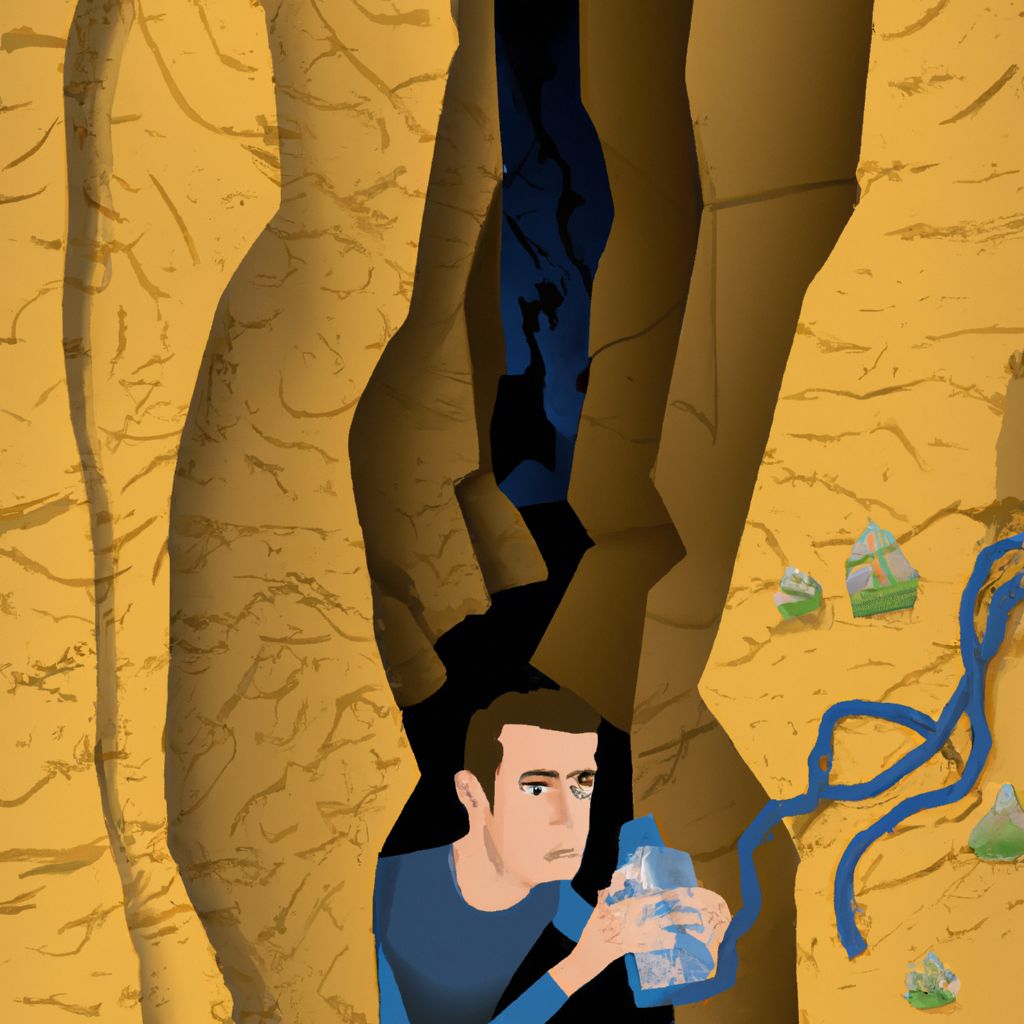
Among the most gripping wilderness survival stories is that of Aron Ralston, a seasoned outdoorsman who found himself trapped in a remote part of southeastern Utah's Canyonlands National Park. In a freak accident on April 26, 2003, an 800-pound boulder dislodged, pinning his right arm against the canyon wall.
In this dire situation, Ralston had limited supplies: two burritos, a liter of water, a cheap multi-tool, and a camcorder. Over the next five days, with no one aware of his predicament, Ralston rationed his meager supplies, staying hydrated as best he could.
"I faced the facts. I was going to die. But I didn't want to die. I wanted to live." - Aron Ralston
Ralston's story is a testament to the importance of mental resilience in survival situations. He kept his spirits up by recording messages to his family on his camcorder and even celebrating his "last" birthday. Moreover, he meticulously planned his escape, ultimately resorting to the unthinkable: amputating his own arm with the dull blade of his multi-tool.
What can we learn from Ralston's experience? First, the importance of letting someone know where you're going before venturing into the wilderness. Second, the significance of carrying a well-equipped survival kit. And finally, the power of mental strength in the face of adversity. These lessons, though born of a frightening ordeal, are invaluable for anyone venturing into the great outdoors.
The Story of Juliane Koepcke: Lone Survivor of a Plane Crash
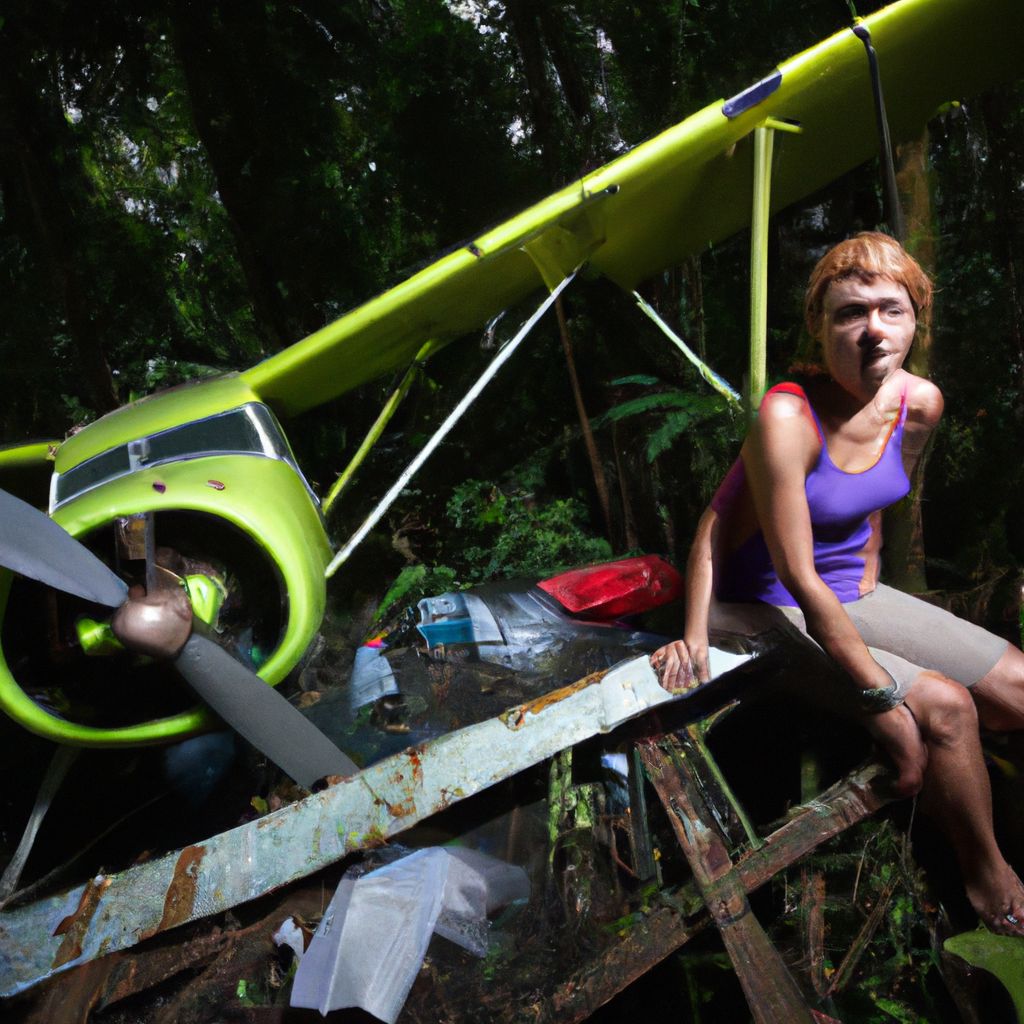
Juliane Koepcke's survival story is nothing short of miraculous. On Christmas Eve 1971, Juliane, then 17, was traveling with her mother on LANSA Flight 508 when the plane was struck by lightning over the Peruvian rainforest. The plane disintegrated mid-air, but Juliane, still strapped to her seat, fell over 2 miles into the dense jungle.
Defying all odds, Juliane survived the crash, but found herself alone in an unforgiving environment, with a concussion, a broken collarbone, and a deep gash on her leg. Her only possessions were a dress and a single sandal.
"The jungle is hell, but it's also a part of me. I can't imagine life without it." - Juliane Koepcke
Juliane's survival owes much to her parents, both biologists, who had imparted her knowledge about the rainforest. She knew that following a water source would eventually lead her to civilization. For 10 days, she trekked through the jungle, battling insects, parasites, and extreme conditions, following a small creek that eventually led to a larger river and a lumber camp, where she was finally rescued.
Koepcke's story imparts several survival lessons. First, the importance of understanding your environment and the survival basics applicable to it. Second, the significance of determination and perseverance, even when the odds seem insurmountable. Lastly, the story emphasizes the necessity of a will to survive, a factor often considered as crucial as practical survival skills.
The Story of Steven Callahan: Adrift on the Atlantic
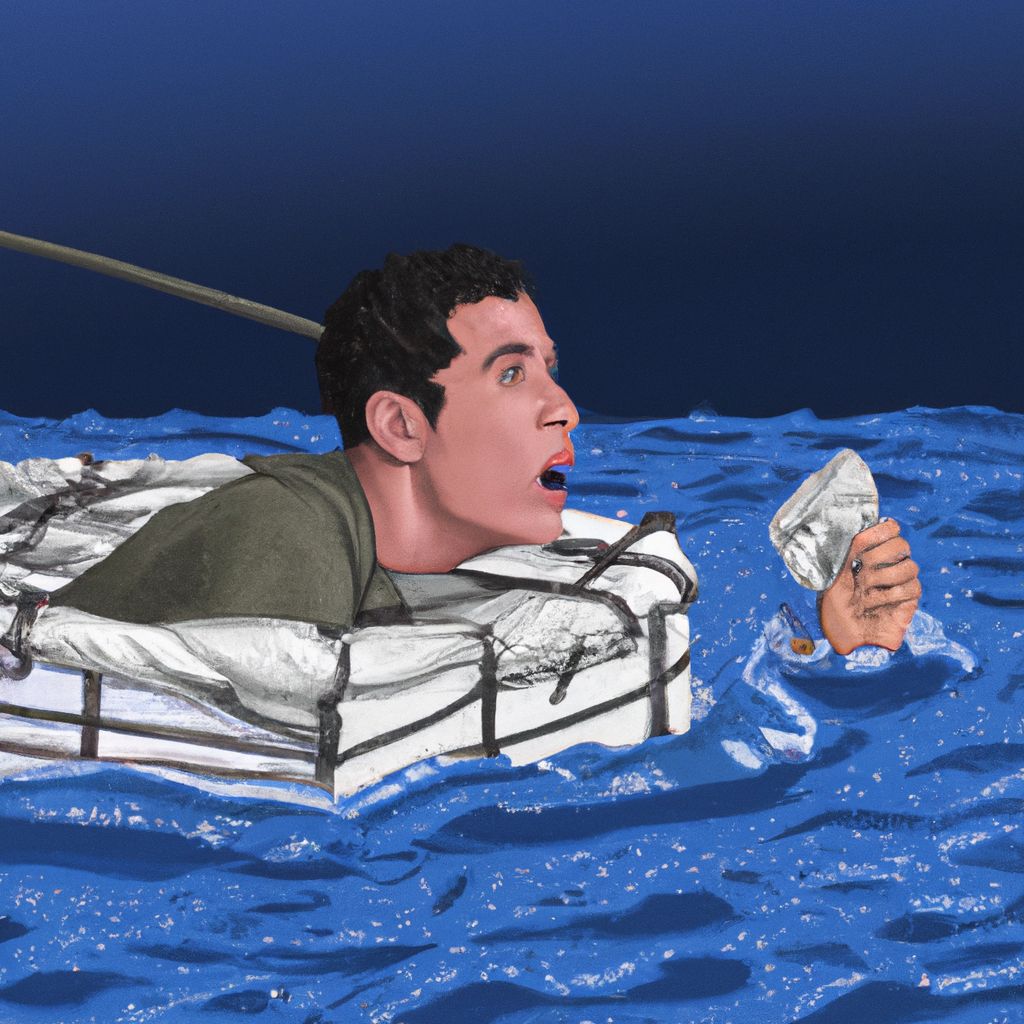
Steven Callahan's survival story is one of astonishing resilience and resourcefulness. In January 1982, Callahan set sail from the Canary Islands on a solo voyage across the Atlantic. Six days later, a whale rammed into his small sailboat, the Napoleon Solo, sinking it and leaving Callahan adrift on a 6-foot life raft with minimal supplies.
Callahan's predicament was dire. He was stranded in the middle of the Atlantic, miles away from any land, battling sun exposure, dehydration, starvation, and the constant threat of sharks. His only supplies were a solar still for distilling seawater, canned food, flares, and a spear for fishing.
"You must believe that you can do it, that you have the tools and skills to survive." - Steven Callahan
Over the next 76 days, Callahan survived largely on rainwater and fish he caught with his makeshift spear. He navigated using his knowledge of the stars and currents, and kept a log of his ordeal, which not only kept him mentally engaged but also helped him track his progress.
What can we learn from Callahan's story? Firstly, the importance of basic survival skills, such as the ability to navigate and fish. Secondly, the value of improvisation and adaptability in a survival situation. Lastly, the power of maintaining a positive mindset and the will to live, even in the face of overwhelming odds.
The Story of Yossi Ghinsberg: Lost in the Amazon
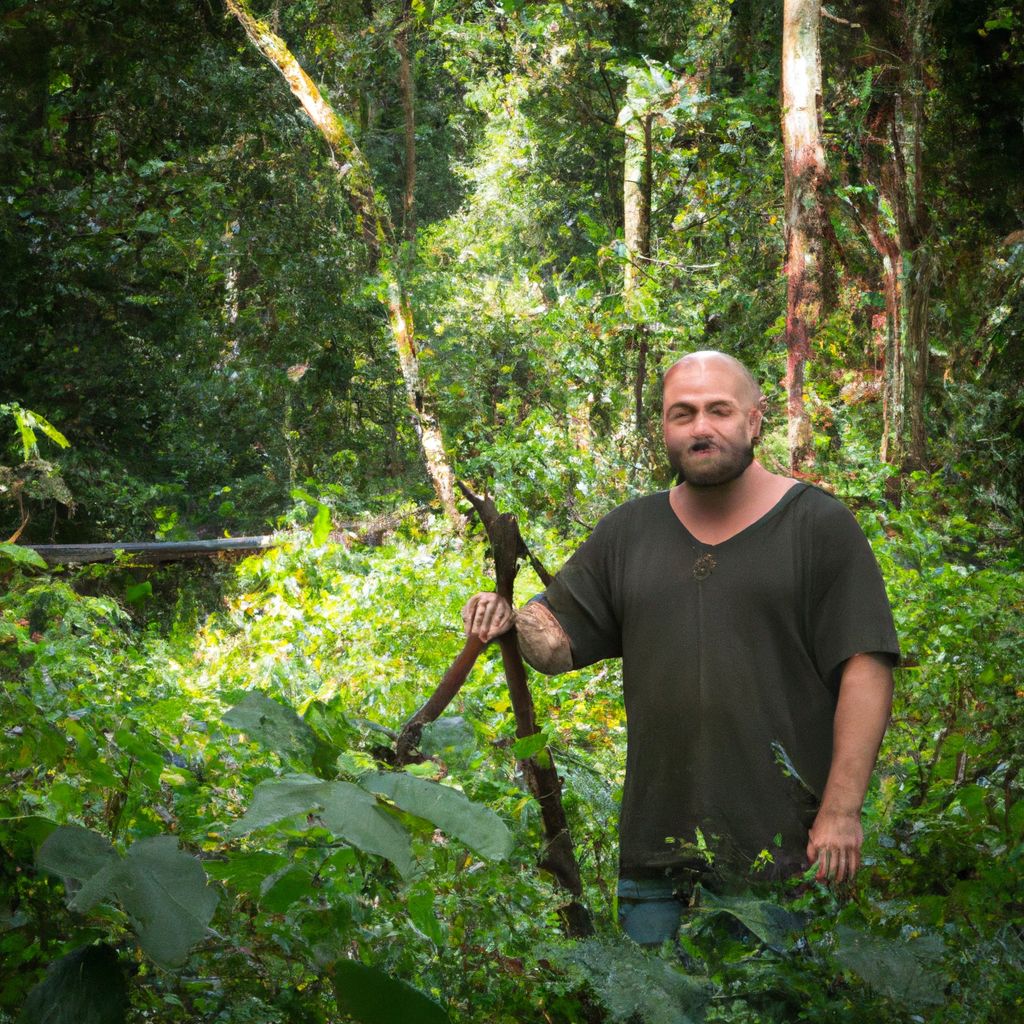
In 1981, Yossi Ghinsberg, an Israeli adventurer, found himself lost and alone in the uncharted parts of the Amazon rainforest. He was part of a four-man team that had set out to explore the Bolivian Amazon, but the team split up after disputes, leaving Ghinsberg on his own in a hostile environment.
For 19 agonizing days, Ghinsberg fought for survival in the dense jungle. He was plagued by diseases, parasites, and near-starvation. His only possessions were a small pack of items, including a knife, a lighter, and a book.
"I was in the midst of a nightmare in the most beautiful garden I've ever seen." - Yossi Ghinsberg
Ghinsberg's survival techniques were a combination of improvisation, resourcefulness, and sheer willpower. He built a makeshift raft to travel down the river, hunted for food, and even used his knowledge of plants to fight off infections.
There are several lessons to be learned from Ghinsberg's ordeal. First, the importance of teamwork and clear communication when venturing into unknown territories. Second, the value of basic survival skills, such as navigation, shelter building, and hunting. Third, the power of mental resilience and a strong will to survive. Ghinsberg's story serves as a stark reminder of the dangers of underestimating the wilderness, and the importance of adequate preparation and knowledge.
Common Survival Techniques and Lessons
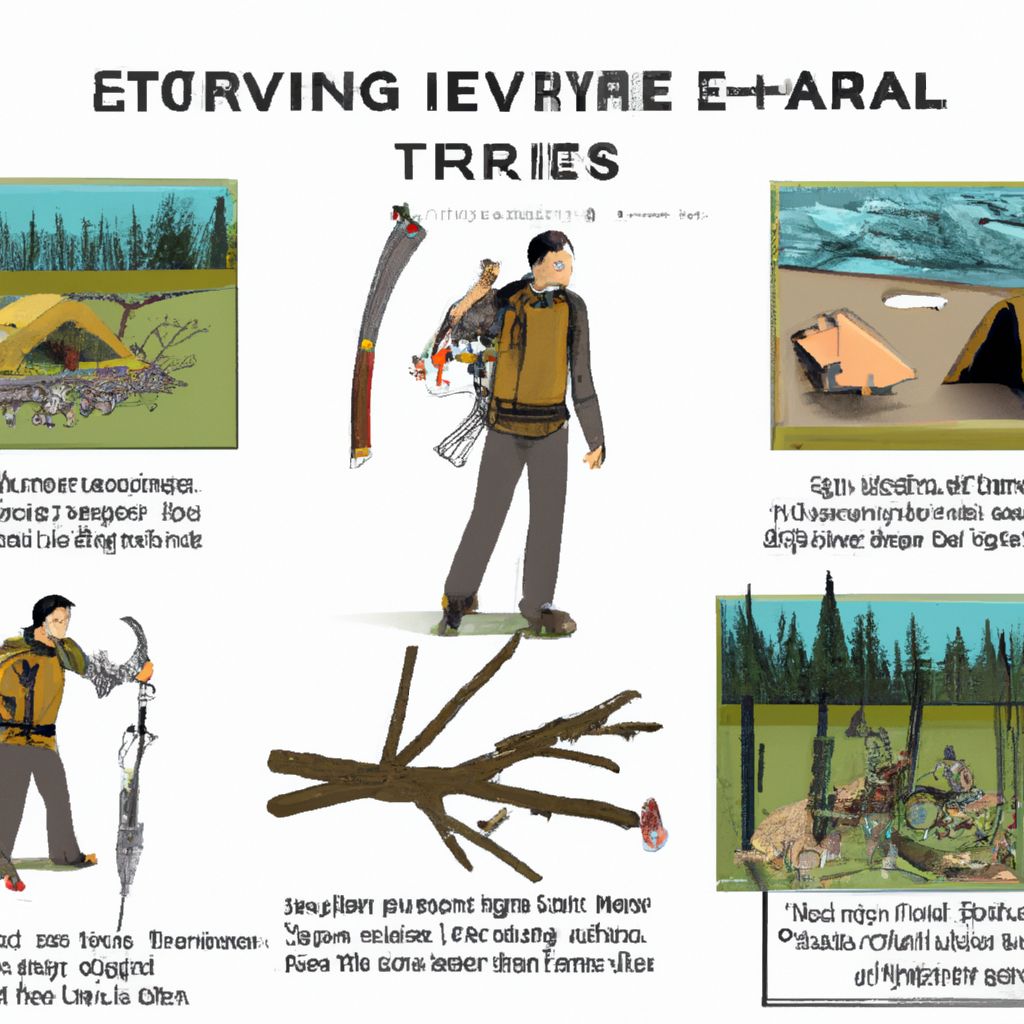
Analysing the survival stories of Aron Ralston, Juliane Koepcke, Steven Callahan, and Yossi Ghinsberg, several common survival techniques emerge. These techniques can be grouped into physical and psychological strategies.
- Physical Survival Techniques
- These include rationing supplies, seeking or creating shelter, hunting or foraging for food, finding a water source or distilling seawater, using basic navigation skills, and improvising with available tools and materials.
- Psychological Survival Techniques
- These encompass maintaining a positive mindset, staying mentally engaged, setting goals and plans, and preserving the will to live. All survivors highlighted the crucial role these played in their survival.
Psychological resilience is a recurring theme in all these stories. Each survivor faced extreme physical and mental challenges, yet they all found the will to persevere. As Yossi Ghinsberg said, "Survival is really a battle with yourself more than anything else."
"Survival can be summed up in three words - never give up. That's the heart of it really. Just keep trying." - Bear Grylls
These survival techniques and psychological strategies are not just applicable in extreme scenarios. They are valuable life skills that can be applied in everyday situations. Whether it's persevering in the face of adversity, staying positive during tough times, or being resourceful and adaptable, these lessons from wilderness survival stories can guide us in our daily lives.
Conclusion: Importance of Wilderness Survival Knowledge
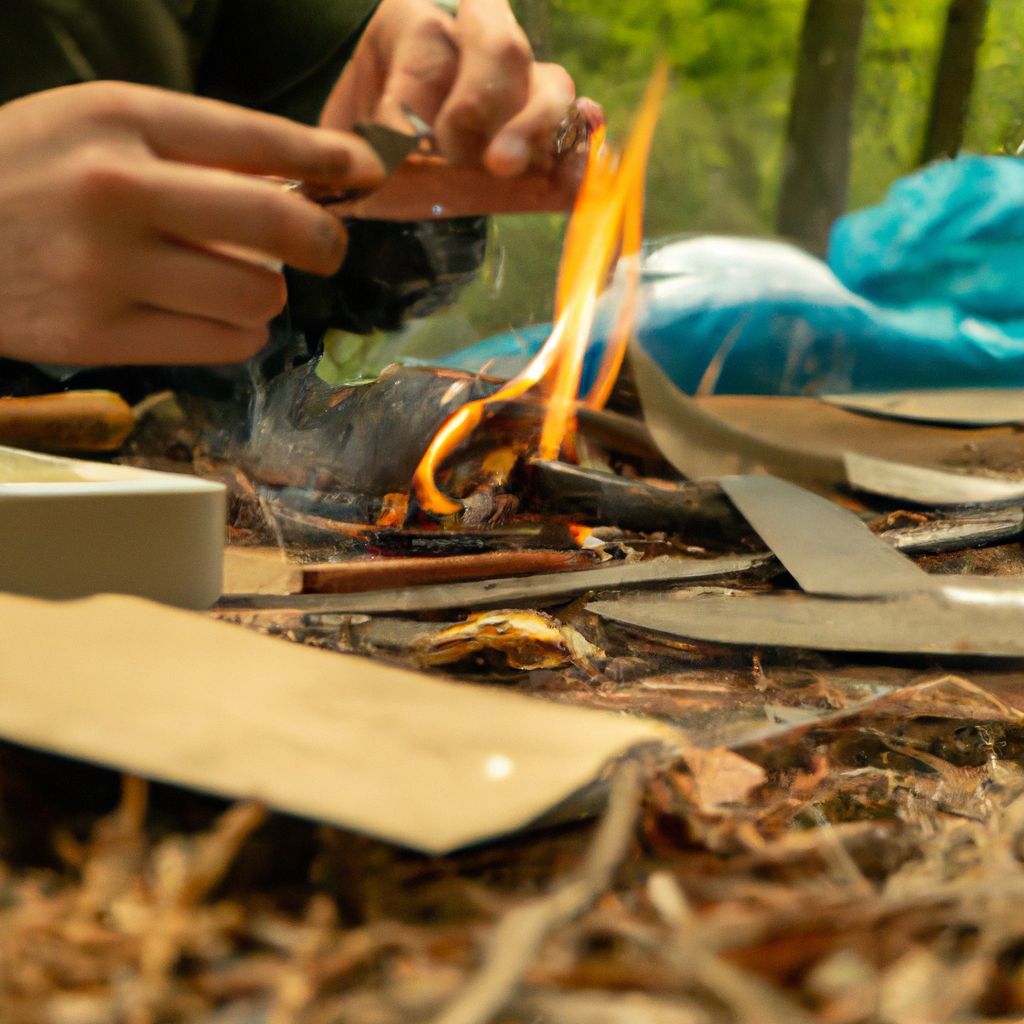
Wilderness survival stories, while captivating and awe-inspiring, are more than just tales of human endurance and resilience. They underscore the critical importance of wilderness survival knowledge and the role it plays when one is confronted with life-threatening situations.
Each story we've discussed - Aron Ralston's ordeal in a Utah canyon, Juliane Koepcke's miraculous survival in the Peruvian rainforest, Steven Callahan's 76-day drift on the Atlantic, and Yossi Ghinsberg's harrowing experience in the Amazon - provides invaluable insights into survival techniques, both physical and psychological.
The lessons from these survival stories remind us of the importance of preparedness, the value of basic survival skills, and the crucial role of mental strength and determination. Whether we find ourselves in the depths of a jungle, stranded in the open sea, trapped in a canyon, or even navigating the challenges of everyday life, these lessons can guide us, and possibly even save our lives.
As we venture into the great outdoors, let's carry these stories with us, not just as reminders of the potential dangers, but as testaments to human resilience and the indomitable spirit of survival.


